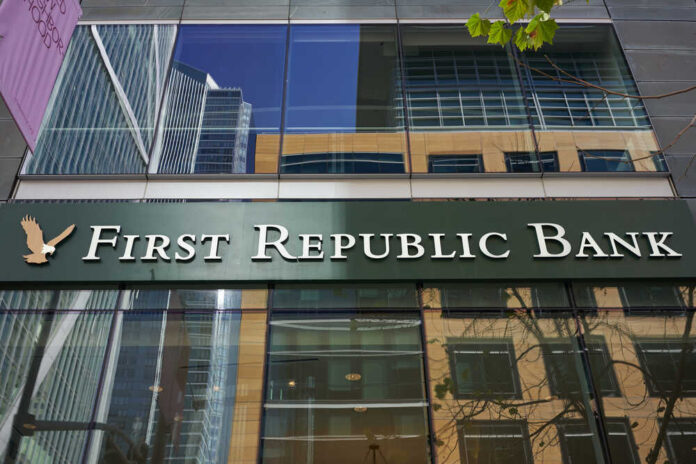
The Federal Reserve’s decision to increase interest rates this week underscores the fragile state of the American economy. A cooling hiring market and inflation are coupled with news that the raw dollar value of three major bank failures has already exceeded the cost of the 2008 crisis.
This week’s news that First Republic collapsed and was seized by the FDIC brought more unwelcome news for American consumers. The bank struggled even after $30 billion in deposits from major banking institutions.
The bank suffered from $100 billion in withdrawals in recent weeks, precipitating the FDIC to turn First Republic’s assets to JP Morgan Chase.
JP Morgan’s CEO Jamie Dimon said that he believed that the current banking crisis was over. However, other recent events may contradict this claim.
The fall of First Republic already represents the second-largest bank failure so far in the United States history. Morgan Stanley analyst Mike Wilson told Fox News this week that current conditions “suggest a credit crunch has started.”
This information was coupled with news from the Federal Reserve that commercial banks lent $105 billion less in the second half of March.
Banks that collapsed in the last 60 days:
– Silicon Valley Bank
– Silvergate Bank
– Signature Bank
– Credit Suisse
– First Republic BankTop Market Strategist says all indicators show more banks will soon collapse to devastating economic results.
Meanwhile the media still… pic.twitter.com/1b6bYSfqR7
— Melissa Tate (@TheRightMelissa) May 1, 2023
In 2008, bank failures represented nearly $400 billion. So far this year, the three collapsed banks represent almost $550 billion.
The issues surrounding bank failures have not ceased since Silicon Valley Bank’s fall earlier this year. In fact, in some ways, the actions of the federal government seem to indicate that the response portends a serious economic crisis.
The recent collapses led to extensive efforts by the Federal Reserve, Treasury Department and FDIC to shore up the banking sector. This included the unusual step of the FDIC protecting all deposits in Silicon Valley Bank beyond the ordinary $250,000 limit.
The FDIC did so under a “systemic risk exception.”
Furthermore, the recent increase in interest rates could cause severe economic strain. The efforts to tame inflation have also brought additional pressure on regional banks, who were caught between a rise in rates and withdrawals.




























